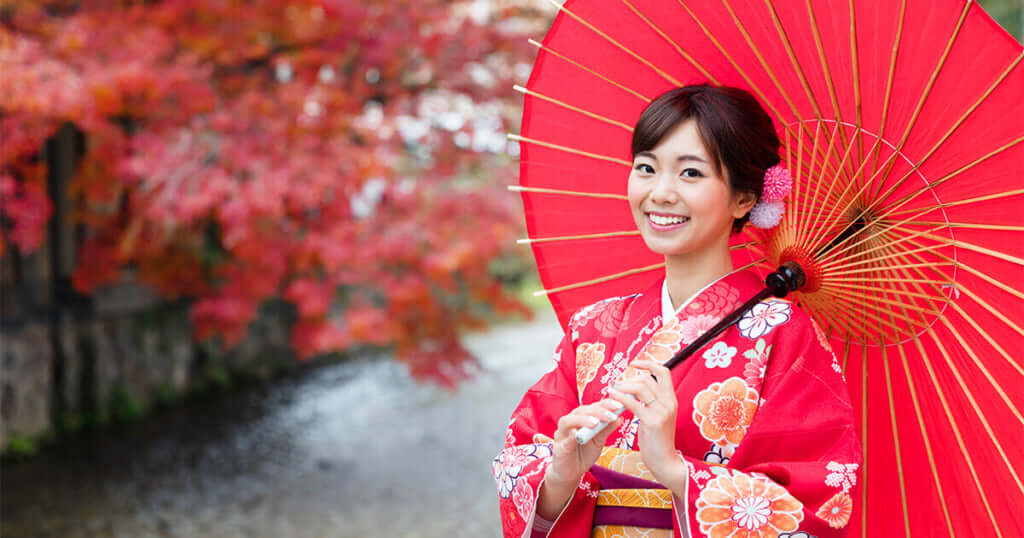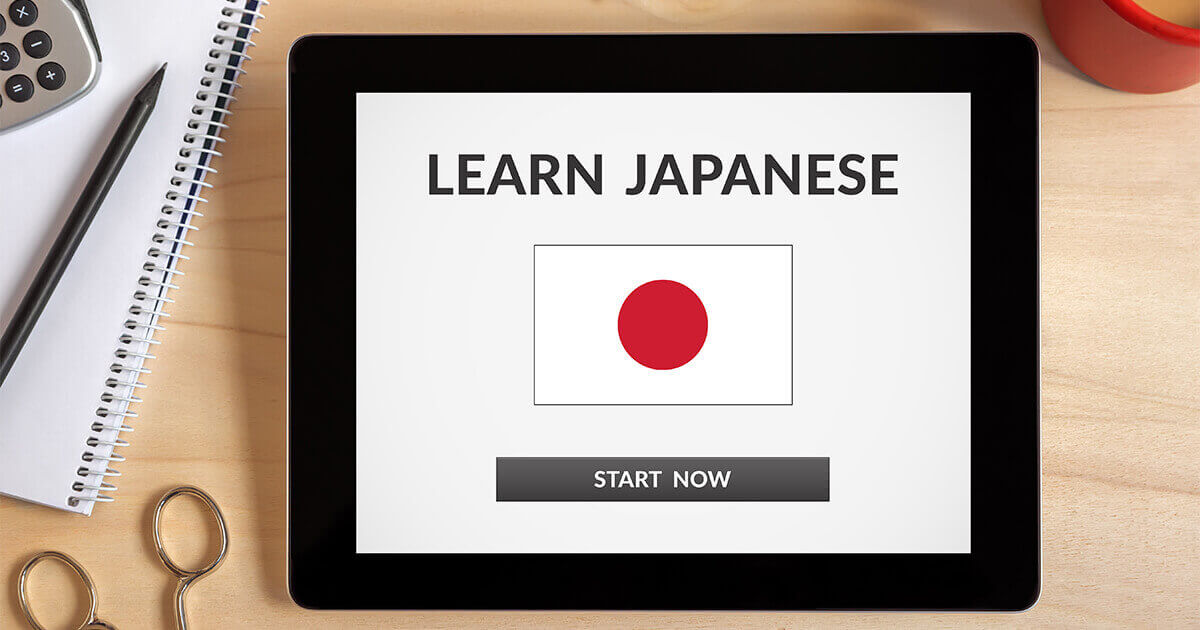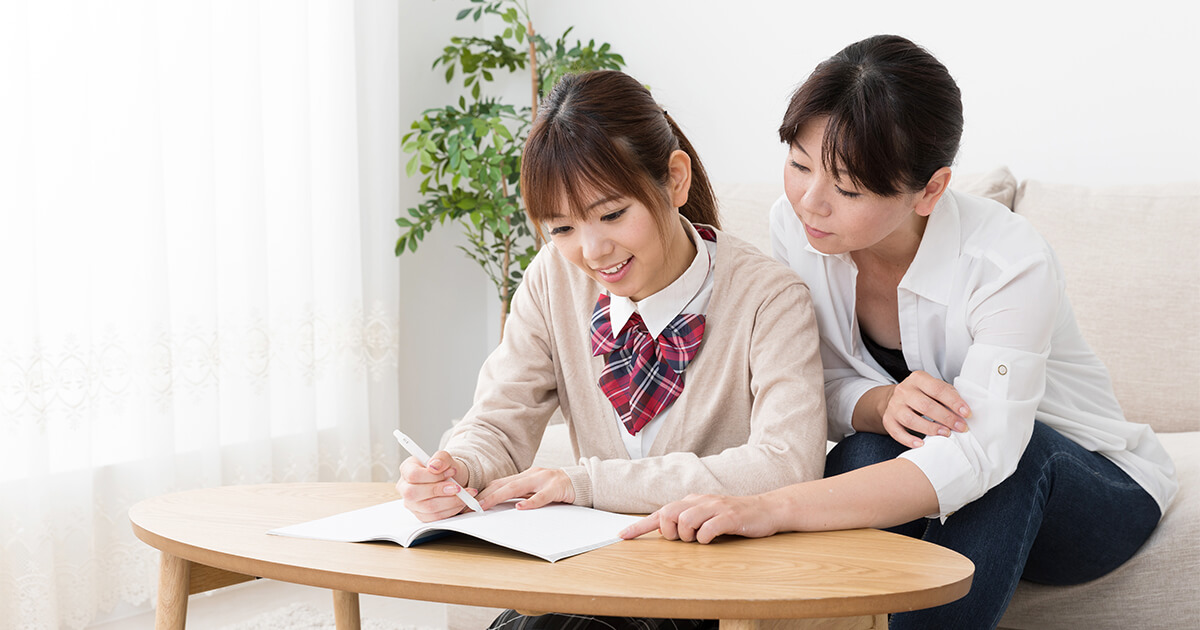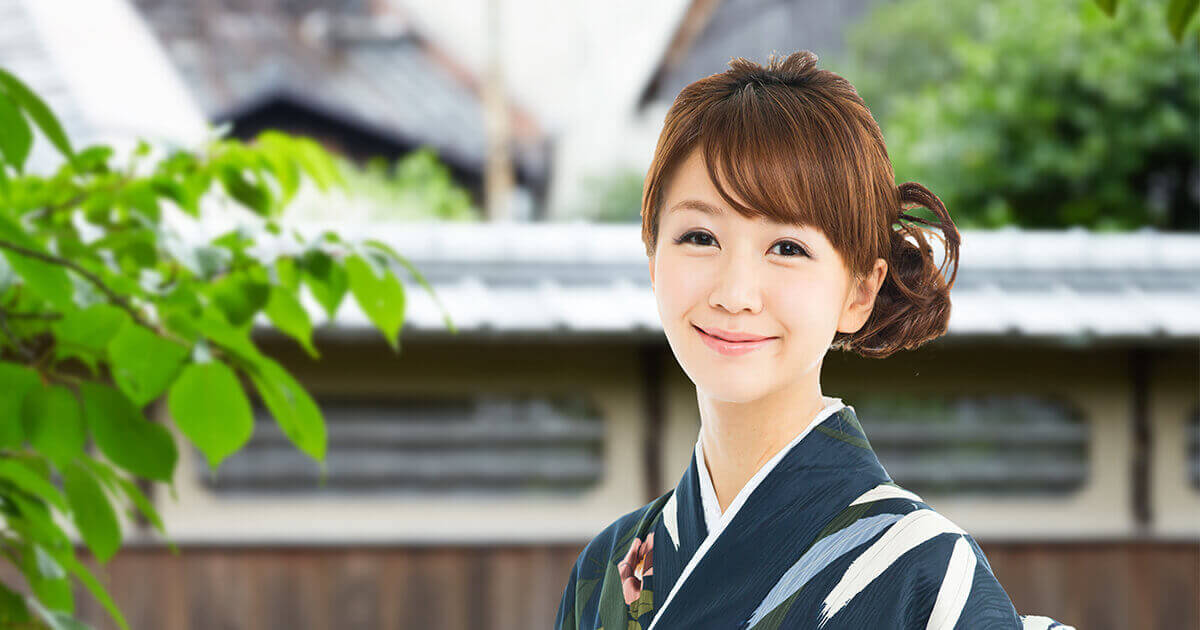
Hello. We’ve briefly mentioned keigo (honorific expressions) in “Is Japanese language difficult to learn? Let’s look at the characteristics of the language.
We often hear people say that Japanese is a very difficult language to learn and that it takes a lot of time to master the language. What exactly makes Japanese difficult? Let’s look at the characteristics of the language. Japanese …
Let’s learn more about keigo today.
What is keigo (honorific expressions)?
We’ve briefly mentioned keigo in “Is Japanese language difficult to learn? Let’s look at the characteristics of the language”.
We often hear people say that Japanese is a very difficult language to learn and that it takes a lot of time to master the language. What exactly makes Japanese difficult? Let’s look at the characteristics of the language. Japanese …
Keigo are expressions used to show respect to the person you are talking to or the people who appear in your topic. There are three types of keigo: sonkeigo (respectful expressions), kenjogo (humble expressions), and teineigo (polite expressions). Let’s look at them in detail.
What is sonkeigo (respectful expressions)?
Sonkeigo are expressions used to show respect to the people in the topic.
Mr Suzuki is at the lobby in the first floor.
(2) Suzuki sama wa ikkai no lobii ni irassyaimasu. 鈴木様(すずきさま)は、一階(いっかい)のロビーにいらっしゃいます。
Mr Suzuki is at the lobby in the first floor.
(1) is written in the polite form while (2) is written in the respectful form. (2) shows much more respect than (1) to Mr Suzuki who appears in the topic. We can infer that Mr Suzuki is probably a business client of the speaker.
Sonkeigo can appear in many forms, including in the form of a verb, noun, or adjective. In sentence (1), “imasu” is used. To change it to a respectful expression, we use a special verb form “irasshaimasu”. For nouns, “Suzuki san” becomes “Suzuki sama”. Changing “san” to “sama” increases the level of respect. “San” is already a respectful expression commonly used to address one another. However, “sama” is used when you want to express the highest level of respect to a business client.
There are other ways to make sonkeigo. We can add “o” or “go” in front of a noun to change it to honorific. For example, “shokuji” (meal) becomes “oshokuji” and “fuufu” (husband and wife) becomes “gofuufu”.
What is Kenjogo (humble expressions)?
Kenjogo are expressions used to increase the level of respect to the listener or the person being referred to by humbling the speaker and lowering his/her own acts. Let’s look at the following examples.
In that case, I will visit you at 3pm.
(2) Soredewa sanjini ukagaimasu.それでは、3時(じ)に伺(うかが)います。
In that case, I will visit you at 3pm.
(1) uses polite form while (2) uses humble expressions. As Kenjogo is used in (2), we can infer that the expression shows respect to the business client that the speaker is going to visit.
What is teineigo (polite expressions)?
Teineigo is divided into teineigo (polite expressions) and bikago (beautification word). Teineigo are expressions using “desu” or “masu” to show politeness to the listener. Teineigo is usually taught during the first few lessons in a Japanese class but sonkeigo or Kenjogo are introduced much later.
Bikago is used to express grace and beauty rather than expressing respect to others. To do this, we add “o” or “go” in front of a noun. “O” is added to a Japanese-originated word, while “go” is added to a Chinese-originated word. It is considered graceful when you say “o-sushi”, “o-sake” (Japanese sake) or “o-cha” (green tea) rather than “sushi”, “sake”, or “cha”. Similarly, “go-hon” (book), “go-annai” (guide), and “go-juusho” (address) are more graceful than “hon”, “annai”, and “juusho”.
Do you have a better idea of keigo now? You don’t have to worry about not showing enough respect simply because you’re still not clear about sonkeigo and Kenjogo. Teineigo is polite enough even without having to use sonkeigo or Kenjogo. So let’s first master our “desu” and “masu”.
* Reference: “Shokyuu o Oshieru Hito no tame no Nihongo Bunpoo Handobukku” (A Handbook of Japanese Grammar for People Teaching Elementary Japanese)






